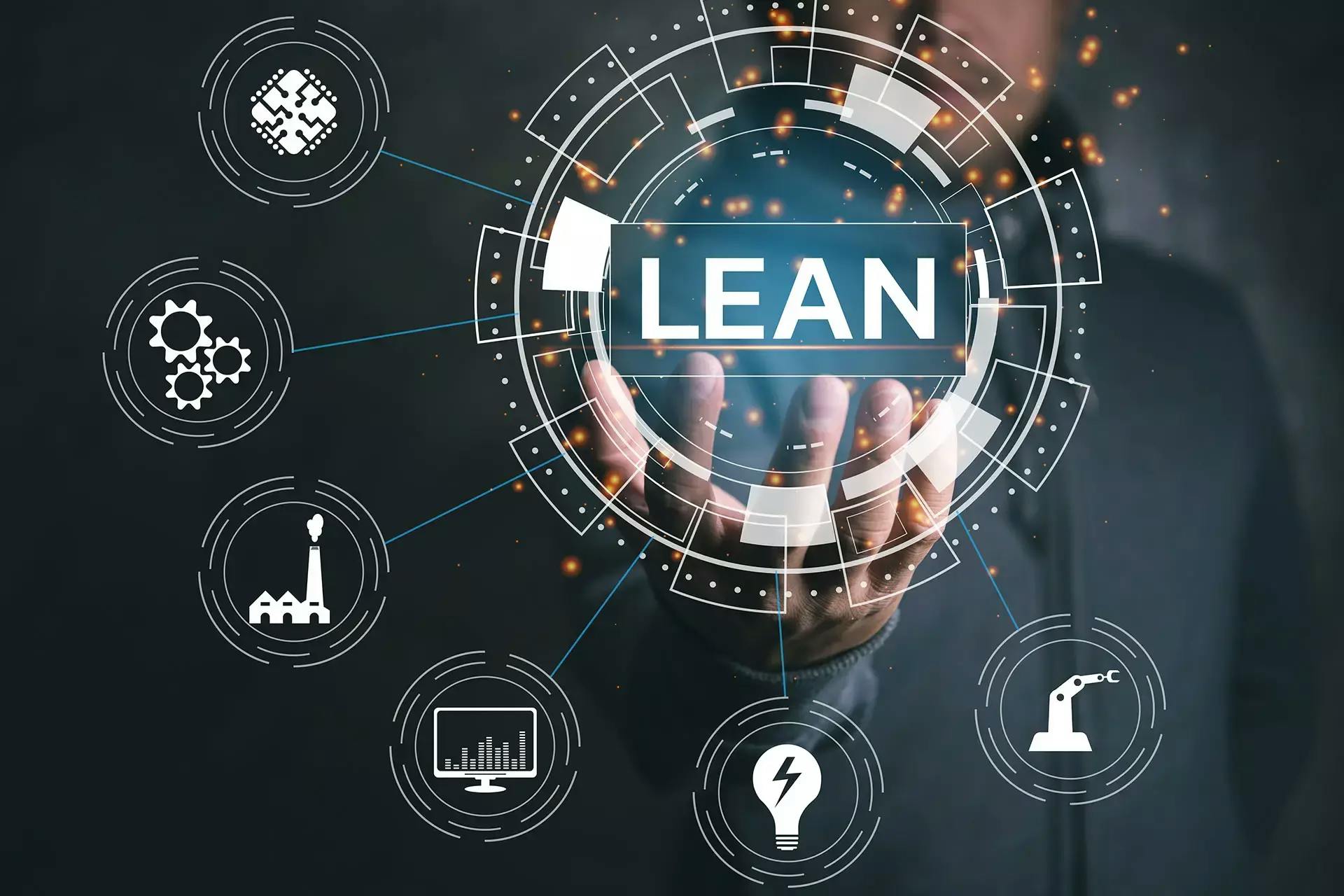The Importance of Processes
Everything you do—from baking a cake to tying your shoes—is a process. Improving the process of manufacturing a product or executing a service requires an organization to examine the current state of its processes and remove any barriers to success. Developing and engaging the crucial problem-solving skills needed to identify inefficiencies, reduce variation, and remove waste from our processes is known as Lean Six Sigma (LSS).
The Basics of Lean Six Sigma
Lean Six Sigma combines two powerful methodologies to increase efficiency. Six Sigma leverages statistical quality control to reduce defects and limit variation, while Lean focuses on waste reduction and streamlines processes.
At Designetics, we use the Lean aspect of LSS to examine if a step provides enough value to justify the added expense to the customer. Removing steps a customer wouldn’t pay for helps us ensure our production processes are efficient. We identify these unnecessary steps by first reviewing the eight kinds of waste using the acronym DOWNTIME:
- Defects: They refer to any deviation from the standards of a design or from a customer’s expectation.
- Overproduction: It can result in other types of waste and excess inventory. Stocking too much product that goes unused wastes storage, labor, and materials.
- Waiting: That refers to wasted time that results from slow or halted production in one step of the production chain while a previous step is completed.
- Non-utilized Talent: That’s time an employee spends on non-value-added activity prevents that person’s time and talents from being used on valuable activities that increase the product’s value.
- Transportation: That’s the movement of materials from one position to another. Since transport itself adds no value to the product, minimizing the associated costs is essential.
- Inventory: That refers to the waste produced by unprocessed That includes wasted storage, the waste of capital tied up in unprocessed inventory, plus the waste of transporting and storing the inventory.
- Motion: Wasteful motion is any motion, whether by a person or machine, that could be minimized.
- Excess processing: That is any component of the manufacturing process that’s unnecessary. Essentially, it’s adding more value than the customer requires.
DMAIC
The problem-solving framework for LSS is DMAIC. It consists of five phases for improving existing processes: Define, Measure, Analyze, Improve and Control.
“At its core, the goal of LSS is to delight the customer—to give them exactly what they expect, every time,” said Designetics’ Chief Financial Officer and LSS Black Belt, Doug Homer. “LSS provides our team with a common language and process when it comes to problem solving. DMAIC is a framework that everyone can utilize. When we’re all aligned and using the same tools, we can address problems and make improvements more efficiently, which benefits our customers in the end.”
The DMAIC process addresses these common questions:
- What problem would we like to fix?
- How does this process currently perform?
- What is the magnitude of the problem?
- What is the root cause of the problem?
- How will we fix the root cause of the problem?
- How will we sustain the improvement?
“Studies show that employees who feel they’re able to positively impact an organization will perform better, be more accountable and live happier lives.”
What Are the Benefits?
Designetics has seen a positive transformation through the implementation of LSS practices. As we continue to face rising costs and new challenges, LSS provides us with a valuable competitive advantage by:
- Streamlining our processes to improve the customer experience
- Optimizing process flow to drive better bottom-line results
- Prioritizing defect prevention to remove waste and reduce costs
- Standardizing processes for flexibility in meeting everyday challenges
- Decreasing lead times and improving throughput
- Involving employees in the effort to improve morale
Who Benefits from Lean Six Sigma?
Our Business and Customers
The LSS methodology builds a roadmap for meeting our strategic goals. Implementing LSS helps us reduce costs while freeing up resources to add value in other areas that need it most. Our customers are the ultimate winners as they receive reliable products and services.
Our Employees
LSS positively impacts employees by engaging them in the development of their own processes. Since employees are closest to the delivery of products and services, their detailed knowledge makes them the ideal resources for improving the efficiency of those processes. Participating in LSS efforts helps our employees build confidence and become even greater assets to our business and customers.
